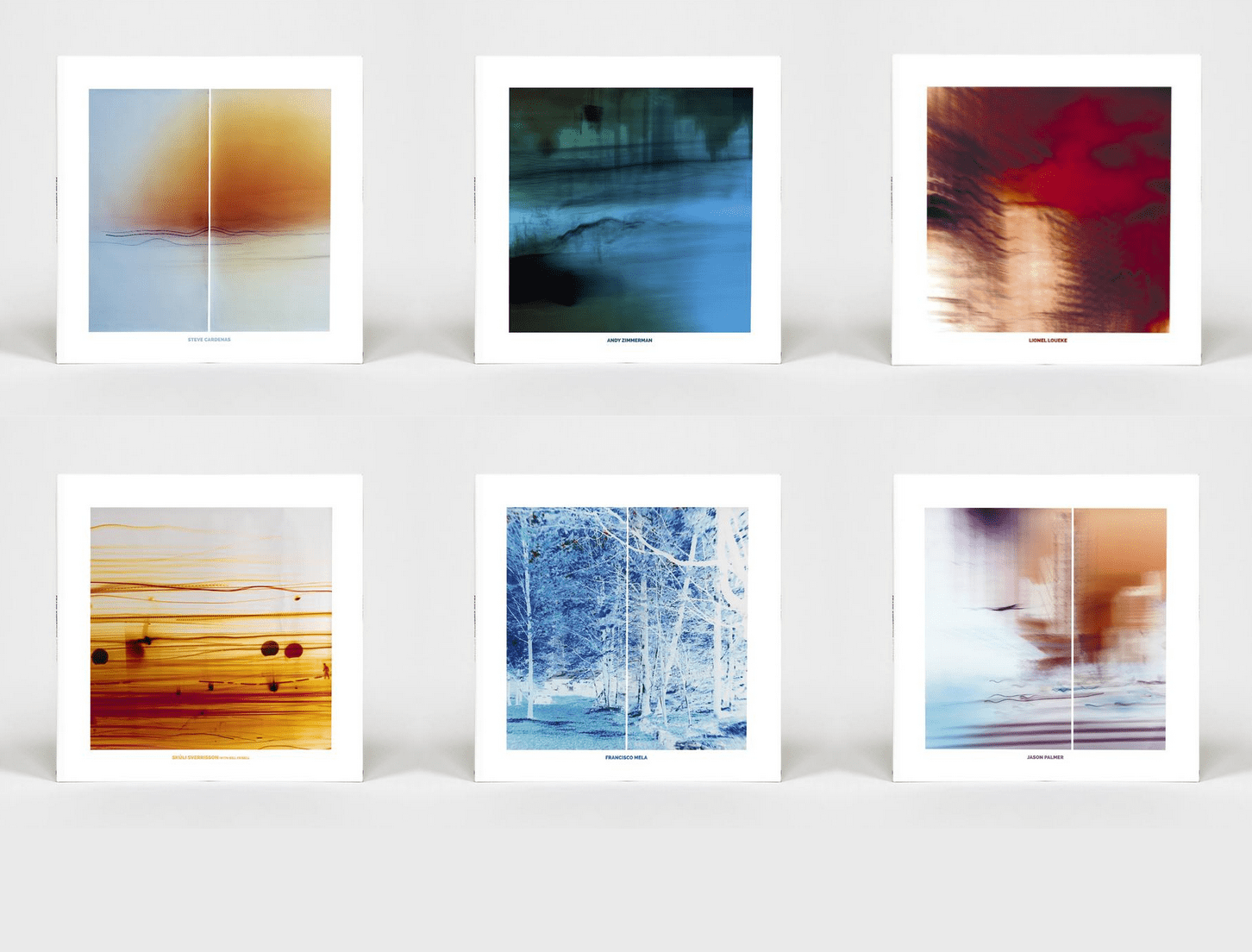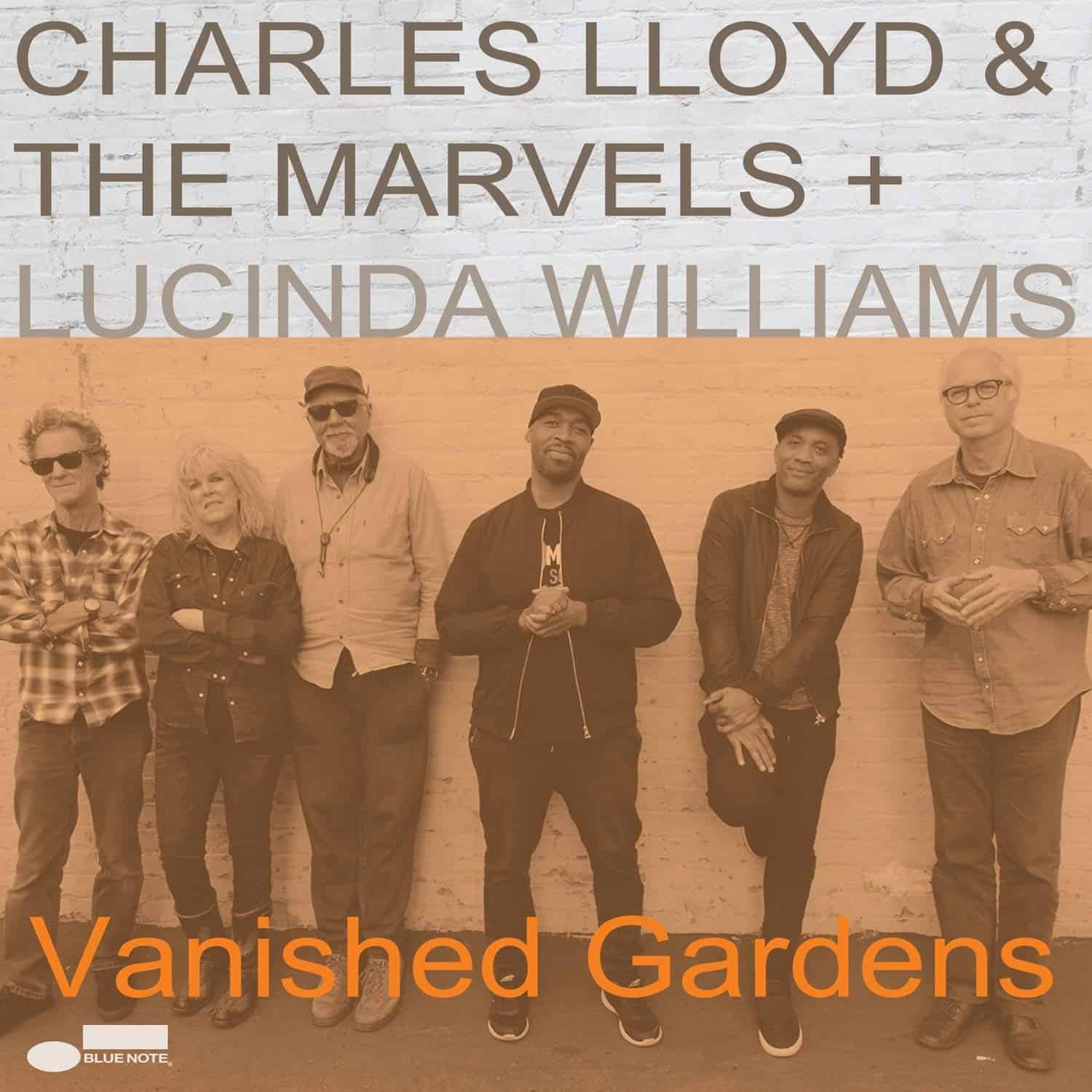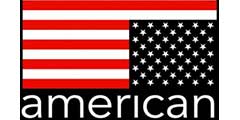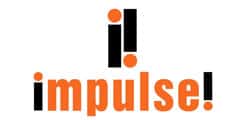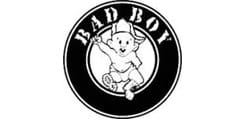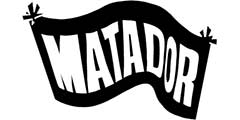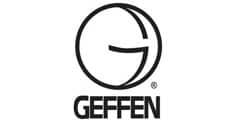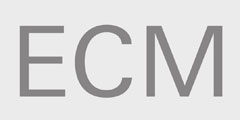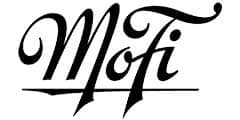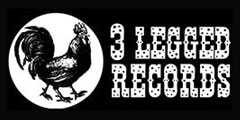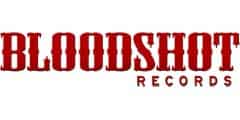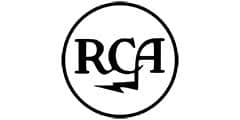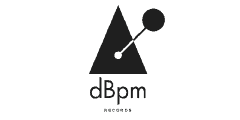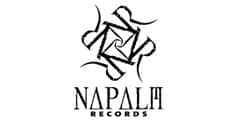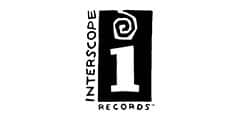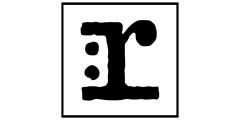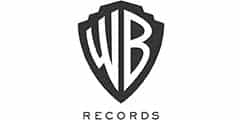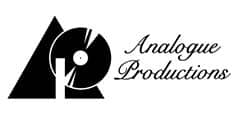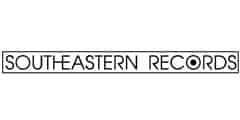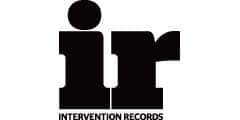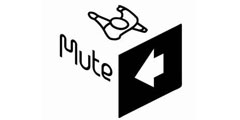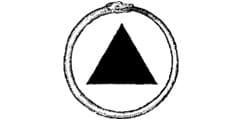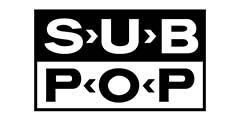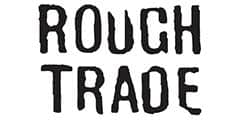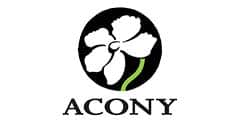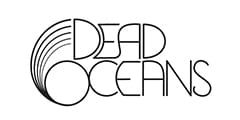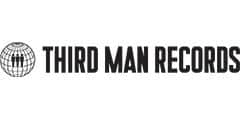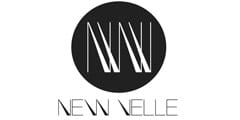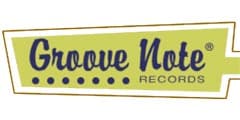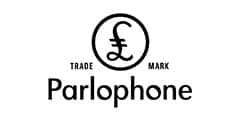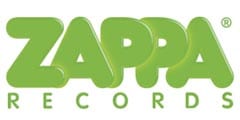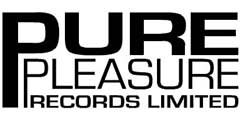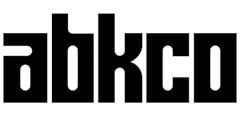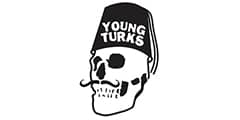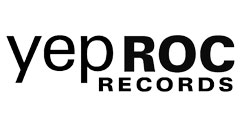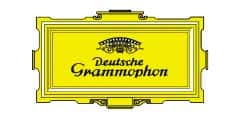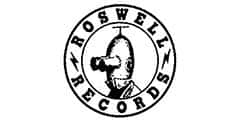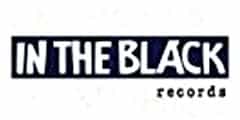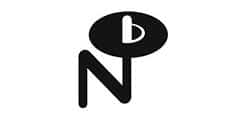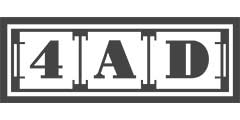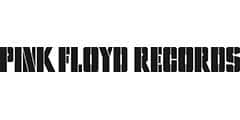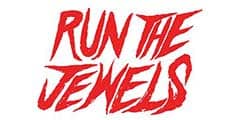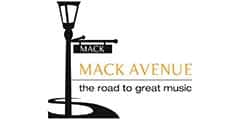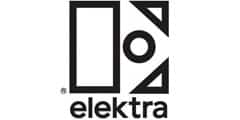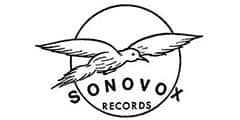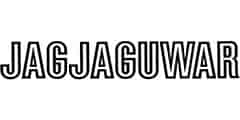Marketplace
2018 Blue Note Records PRESSING
- Catalog Number B002843601
- Release Year 2018
- Vinyl Mastering Engineer Bernie Grundman
- Pressing Weight 180g
- # of Disks 2
- Jacket Style Gatefold
- Pressing Plant RTI
The confluence of the headlining musicians here gives away the record’s status as a crossover or fusion jazz work. File Charles Lloyd under jazz and Lucinda Williams under just about anything else other than classical. But Lloyd has also spent his long career ignoring boundaries.
He paid his way through college playing jazz gigs with Ornette Coleman and Eric Dolphy, among others. Once out of school, he collaborated with a wide range of musicians—including Chico Hamilton, Gábor Szabó, and Babatunde Olatunji—all of whom weaved world music into their mix. He formed his own group in 1965 with Keith Jarrett, Jack DeJohnette, and Cecil McBee, and became a jazz-rock crossover superstar for Atlantic. His album Forest Flower brought out his inner flower child and sold more than a million copies. And the guy never ages. The last time I saw him perform, when he was 78, he turned in a 90-minute set without catching his breath. Lloyd also recorded numerous albums as an ECM artist from 1993 to 2013. Since, he has been on the Blue Note roster.
Vanished Gardens ranks as Lloyd’s second recording with the Marvels, comprised of his jazz rhythm section (Eric Harland on drums and Reuben Rogers on bass) along with Bill Frisell on guitar and Greg Leisz on pedal-steel guitar and dobro. Joining the quintet on the songs is Williams, who previously recorded with Frisell and Leisz. As jazz meets Americana, the album succeeds brilliantly, with Lloyd’s longing riffs always sounding like jazz yet never seeming out of place with the rock and country material injected throughout. The closing song, with Williams singing Jimi Hendrix’s “Angel” as Lloyd’s saxophone soars above and around her, feels sublime and stands as the work’s highlight.
The sessions were recorded at East West Studios, formerly known and famous as Western Recorders or United Western Recorders—the home of Pet Sounds and probably more hit records than any other studio in the United States. Recording engineer Michael C. Ross, with help from Joe Harley, created a great-sounding set of LPs. No, it’s not all analog, but the release shows that digital done right and mastered to vinyl can get very close to perfection. Each instrument is well placed in space, surrounded by a sense of air and a breathing quality usually missing from digital recordings. Stage height and depth are here, along with unrestrained dynamics. We also get abundant detail without any suggestion of tipped-up treble. Blue Notes have never sounded better.
Vanished Gardens
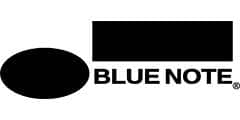
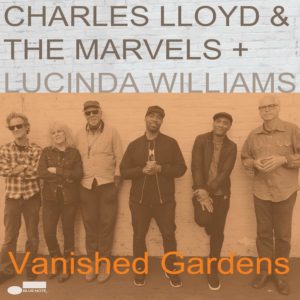
 4.5
4.5
